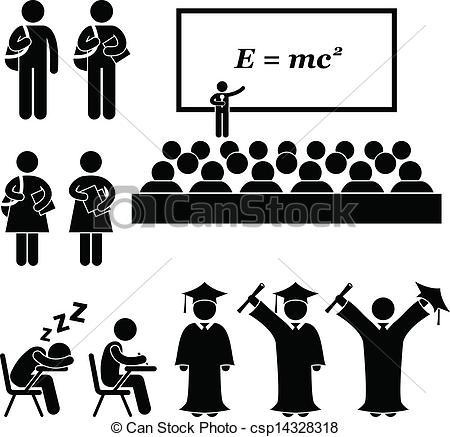Recent Trends in College Graduation Rates
Apr 18,2024
The journey through higher education is filled with challenges, triumphs, and significant milestones, with graduation serving as a culmination of years of hard work, dedication, and perseverance. College graduation rates are a key indicator of institutional success and student achievement, providing insights into the effectiveness of educational programs, support services, and student outcomes. In this article, we delve into recent trends in college graduation rates, examining the factors influencing these rates and the implications for students, institutions, and policymakers.
Current State of College Graduation Rates
According to recent data, the overall graduation rate for first-time, full-time undergraduate students has been on a gradual increase over the past decade. The six-year graduation rate, which is a commonly used metric for measuring college completion, currently stands at approximately 60%. While this represents an improvement from previous years, there is still room for growth to ensure that more students successfully complete their degree programs.
Factors Influencing College Graduation Rates
Several factors influence college graduation rates, ranging from academic preparedness and financial resources to institutional support and student engagement. Here are some key factors that impact college graduation rates:
-
Academic Preparedness: Students who enter college with strong academic skills and a clear educational plan are more likely to graduate on time. Adequate preparation in high school, including rigorous coursework and college counseling, can significantly influence students' readiness for college-level work.
-
Financial Resources: Financial barriers, such as tuition costs, student loan debt, and living expenses, can impact students' ability to complete their degree programs. Access to financial aid, scholarships, and support services can help alleviate these financial pressures and improve graduation rates.
-
Institutional Support: The quality of support services, such as academic advising, tutoring, and counseling, can greatly impact students' academic success and graduation rates. Institutions that prioritize student support and engagement often see higher graduation rates among their students.
-
Student Demographics: Graduation rates can vary significantly based on student demographics, including race, ethnicity, socioeconomic status, and first-generation college status. Addressing equity gaps and providing targeted support to underrepresented student populations are critical to improving overall graduation rates.
Implications for Students and Institutions
Understanding college graduation rates and the factors influencing them is essential for students, institutions, and policymakers alike. For students, knowing the graduation rates and support services available can help them make informed decisions about where to attend college and how to navigate their educational journey.
For institutions, tracking and improving graduation rates is crucial for demonstrating institutional effectiveness, attracting prospective students, and securing funding. Institutions that prioritize student success and implement evidence-based interventions to support student retention and graduation are more likely to see improvements in their graduation rates over time.
For policymakers, addressing the systemic factors that contribute to low graduation rates, such as inadequate funding for higher education, lack of access to support services, and disparities in educational opportunities, is essential to promoting equitable access to higher education and improving overall student outcomes.
While recent trends show modest improvements in graduation rates, there is still much work to be done to ensure that all students have the support, resources, and opportunities they need to successfully complete their degree programs.
By addressing the factors influencing graduation rates, including academic preparedness, financial resources, institutional support, and equity gaps, colleges and universities can take proactive steps to improve student outcomes and foster a culture of success that benefits students, institutions, and society as a whole.





